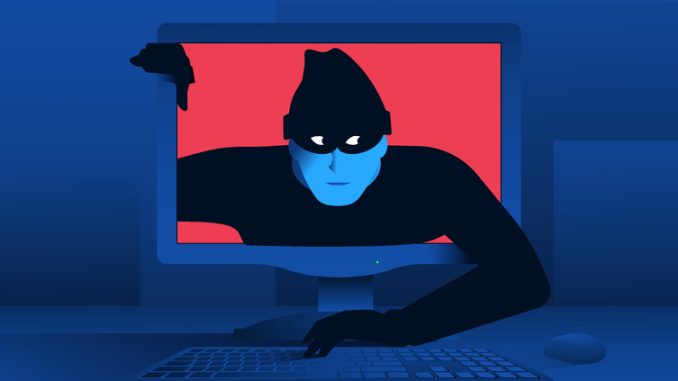
For GP practices, safeguarding patient data is essential, and implementing effective access control and monitoring measures is crucial to ensure privacy and compliance
CREDIT: This is an edited version of an article that originally appeared on SME Today
It is estimated that over 90% of hybrid and remote workers, including those in healthcare, use personal devices for work daily. While this flexibility can be advantageous for staff, it also presents significant security risks for healthcare organisations.
As employees access sensitive patient data and other critical resources from smartphones, laptops and personal devices, the likelihood of cyberattacks and data breaches increases significantly. In fact, more than half of UK healthcare organisations have reported experiencing some form of cybersecurity incident or attack in the past year.
For practice managers, this underscores the importance of implementing strong cybersecurity policies, particularly in hybrid and remote work settings where personal devices are commonly used to perform work-related tasks. It is vital to establish clear security protocols, conduct ongoing employee training and ensure secure connections when accessing patient records and sensitive data. By taking these steps, managers can minimise the risks associated with personal devices and better protect their organisation from potential cybersecurity threats.
Lost or Stolen Devices
Lost or stolen devices are a serious threat to BYOD (Bring Your Own Device) security, accounting for 40% of data breaches. In a GP setting, this could expose highly confidential patient data and sensitive medical records to unauthorised access. To protect against this, practice managers should take the following precautions:
Encrypt Devices: Ensure all personal devices used by staff for accessing patient records or other sensitive information are encrypted. This keeps the data safe in case a device is lost or stolen.
Remote Wipe Functionality: Set up remote wipe capabilities so that, if a device is compromised, you can delete all data remotely to prevent unauthorised access to patient information.
Secure Login Protocols: Require staff to use strong passwords and multi-factor authentication (MFA) to add an extra layer of security.
Clear Reporting Procedures: Establish a clear and immediate reporting process for lost or stolen devices, ensuring the practice can act quickly to protect data.
Unsecured Networks
Connecting to public Wi-Fi networks, like those found in cafes or hotels, can expose GP practices to significant security risks. These networks are often unsecured, leaving personal devices vulnerable to hackers who can intercept sensitive patient data and other confidential practice information. To mitigate these risks in a healthcare setting, practice managers should consider the following strategies:
Implement VPNs for Secure Connections: Ensure all staff members use a VPN when connecting to public Wi-Fi networks. This creates an encrypted “tunnel” for data, keeping sensitive patient records and practice data secure from attackers.
Establish Clear Security Protocols: Create clear guidelines for when and how staff should connect to public Wi-Fi. Make it mandatory to use a VPN for any practice-related activity when on unsecured networks.
Limit Access to Sensitive Data on Public Networks: Restrict access to patient records or other sensitive practice data when employees are on public Wi-Fi. Encourage staff to perform only essential tasks until they can connect to a secure network.
Access Control and Monitoring
Access control and monitoring are critical in healthcare settings, where patient data is highly sensitive. Unauthorised access to patient records or other confidential practice information could result in significant security breaches. To reduce these risks, practice managers in GP settings should consider the following actions:
Implement Strict Access Controls: Establish clear policies that limit access to patient records and other sensitive data to authorised personnel only. Use role-based access control (RBAC) to ensure that staff can only access the information necessary for their roles and regularly review these permissions to keep them up to date.
Perform Regular Access Audits: Conduct regular audits of access logs to monitor who is accessing patient data and other sensitive information. This helps ensure compliance with data protection regulations and allows for early identification of any unauthorised access attempts.
Monitor for Unusual Activity: Use monitoring tools to continuously track access logs for suspicious behaviour, such as unusual login times or multiple failed login attempts. Detecting such activities promptly can help prevent unauthorised access and reduce the risk of a data breach.
By implementing strict access control policies, performing regular audits and actively monitoring access logs, GP practices can prevent unauthorised access and protect patient trust. These essential steps will ensure compliance with data protection laws and create a secure environment for both staff and patients.


Be the first to comment